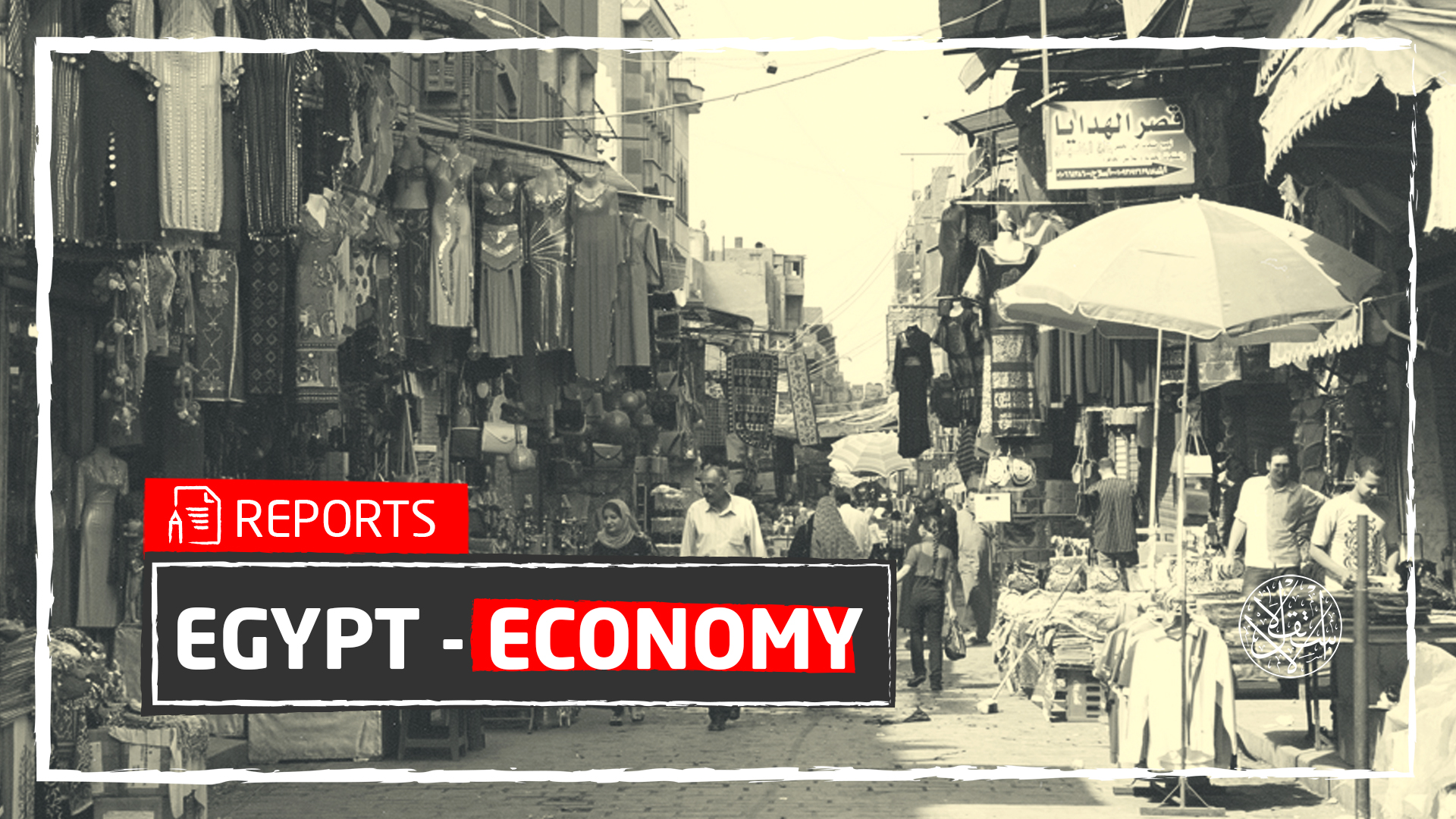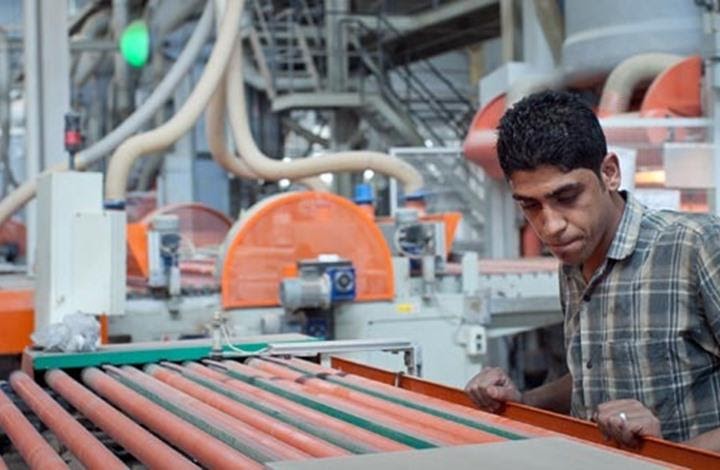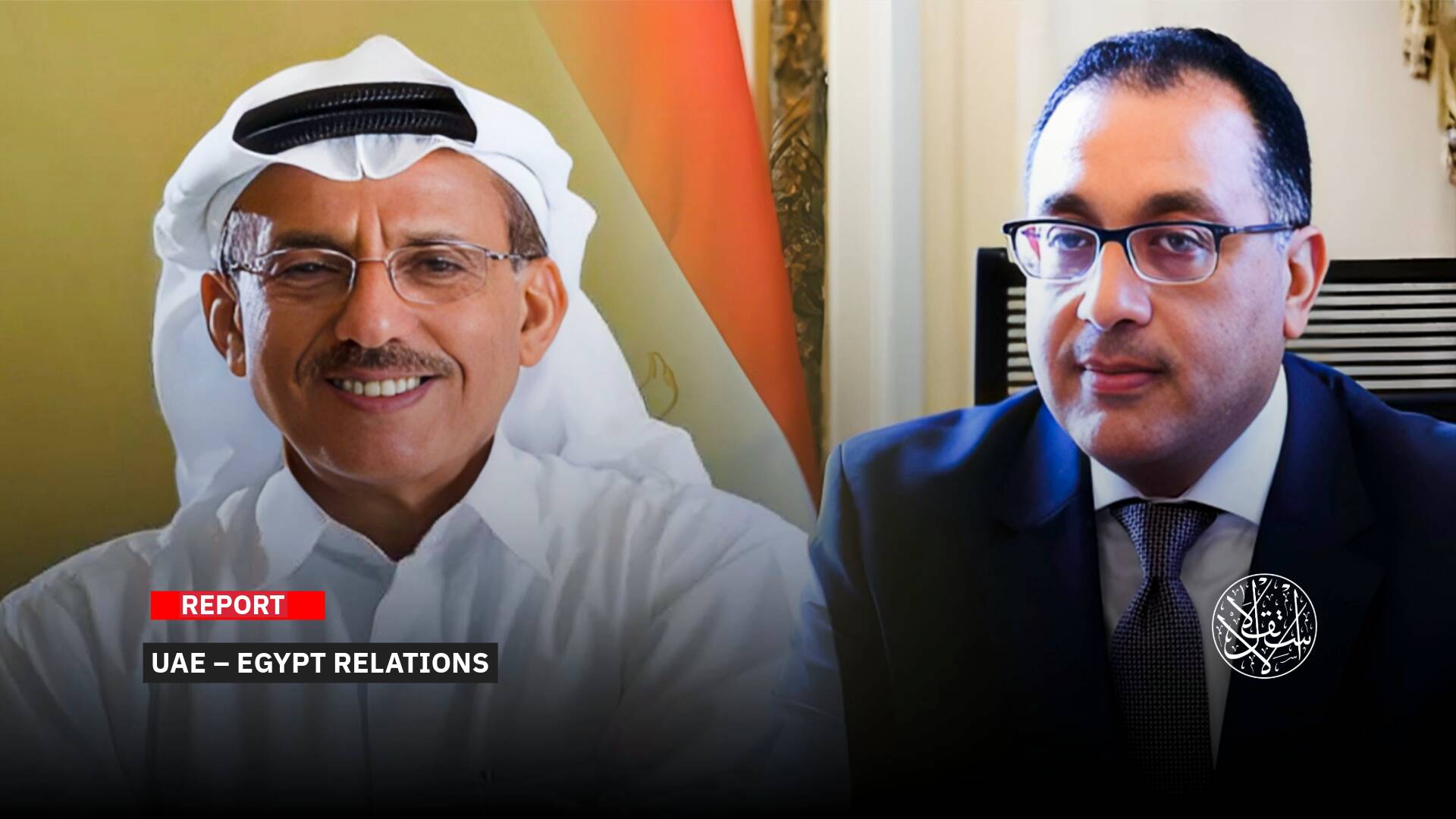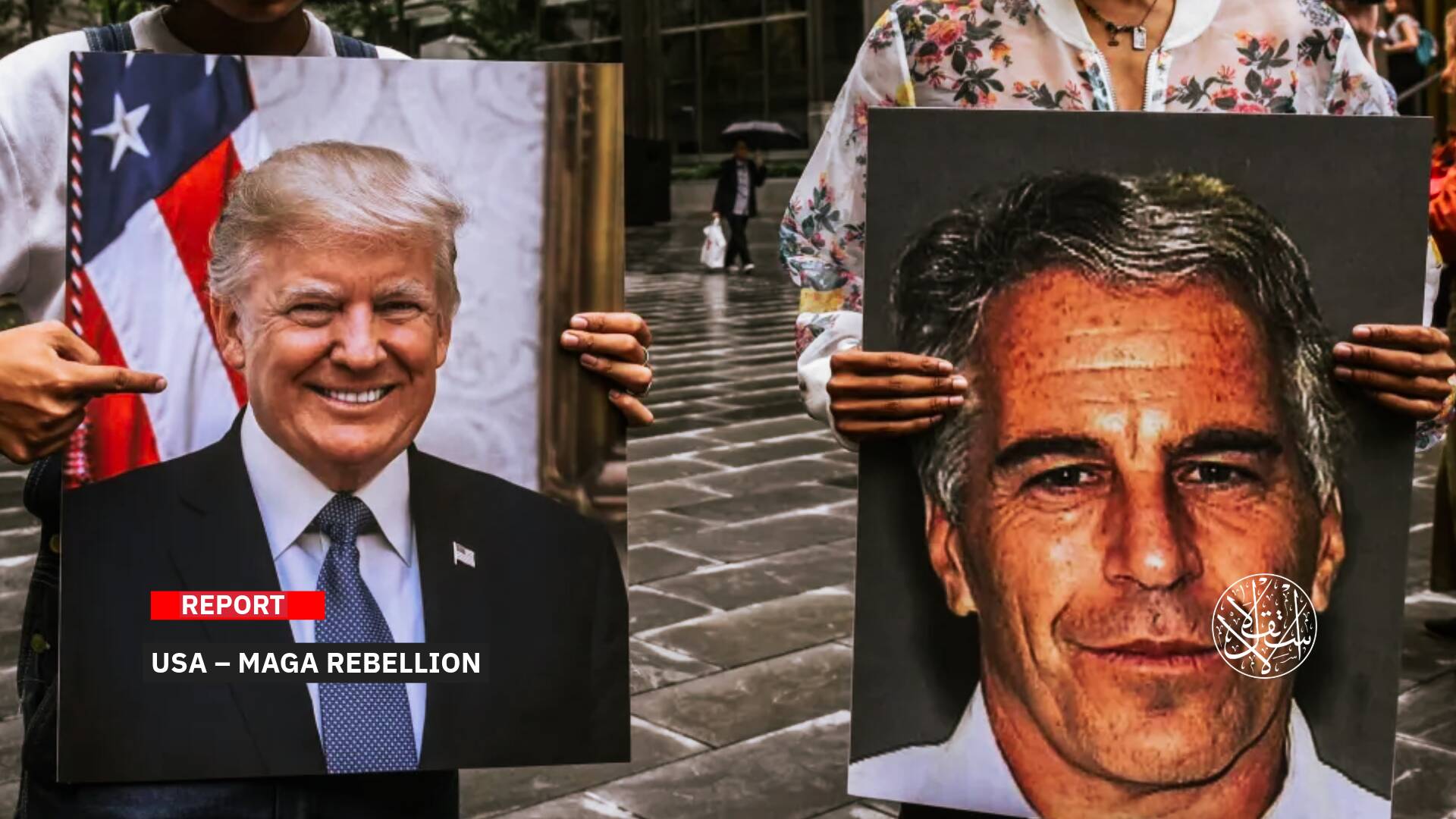The Prosperity of the Middle Class in 2025, How Does Al-Sisi’s Regime Deceive the Egyptians?

Despite the decline of the private sector in Egypt, and the economic conditions that the whole world is going through as a result of the Covid-19 pandemic, without a foreseeable end to it, especially with the emergence of new strains, which means blurring the future outlook for the global economy, some indicators were published denoting the growth of the middle class in Egypt to 58 percent by 2025.
The Egyptian Cabinet’s Information and Decision Support Center (IDSC) published a Fitch Solutions report on the expectations of Egyptian family characteristics until 2025, an infographic under the title “The Recovery of Household Income by 2025: Fitch Expects.”
The Egyptian Cabinet’s Information Center stated in its infographic report that Fitch Solutions agency expected the growth of Egyptian household income driven by economic growth and the stability of the inflation rate, and a decrease in the rate of increase of household until 2025 from previous years, to reach 29 million families in 2025, compared to about 27 million families in 2021.
The Center added that the agency also expected growth in the size of the Egyptian middle class, whose annual income ranges between 78 thousand and 156 thousand Egyptian pounds, making it one of the fastest-growing classes in the world, to be 58.2 percent in 2025, compared to the 34.3 percent in 2021.
The report pointed out that the percentage of families whose annual income exceeds 390 thousand pounds (24.8 thousand dollars) will increase to 11 percent in 2025, compared to 4.6 percent in 2021.
Irrational
These indicators come at a time when major economies are sensitive to their economic situation and the extent of their ability to recover in light of the Covid-19 pandemic, in addition to the International Monetary Fund (IMF) projections that talk about the cumulative losses in global production between 2020 and 2025, which are currently expected to reach 22 trillion dollars.
According to economic expert Abdelhafez el-Sawi, the decision regarding the revival of the middle class is based on the assumption that these middle-class families will benefit from higher gross domestic product (GDP), economic growth rates, and lower inflation rates.
Signifying that this hypothesis is superficial since the productive domestic product in Egypt in its structure depends on the great movement practiced by the military institution in the construction of roads, bridges, and tunnels, and therefore the first beneficiary of these works in terms of economic and increasing the GDP is the class of the military institution.
Those who also come in the circle of beneficiaries are the circle surrounding the military institution, such as businessmen who accept to work as subcontractors in these projects, el-Sawi added to Al-Estiklal.
He further explained that the rest of the Egyptian people are already suffering from poverty: “Perhaps the series of accidents that Egypt witnessed in the last period in the railway sector reflects this worn-out infrastructure, how the poor and middle class live in the country, and how their lives are exposed to many economic and social problems.”
The private sector —which employs a large segment of the middle class— is witnessing a remarkable decline, especially in non-oil activity, as a result of competition from the military institution, according to the IHS Markit.
In its December 2020 report, the World Bank said that Egypt had not attracted strong private investment that would help reduce poverty rates and absorb an estimated 800 thousand workers entering the labor market each year.
The World Bank emphasized that “the widespread presence of state-owned companies in all aspects of the economy affects competition and results in market distortions.”
Over three years, revenues of 17 state-run non-oil holding companies increased to 60.64 billion Egyptian pounds (3.88 billion dollars), more than doubling in the 2018-2019 fiscal year, according to Reuters.
Reuters based its calculation on the latest results available for companies, which were published on the Ministry of Finance website in late 2020.

On the one hand, the economist, Ahmed Zikrallah, questioned the validity of the aforementioned figure that the size of the middle class now reaches about 34 percent, indicating that, according to the World Bank report, which indicates that the number of poor class in Egypt has reached about 60 percent, and by adding the 34 percent of the middle class, only 6 percent remains for the wealthy class, “so this number is irrational.”
Zikrallah explained to Al-Estiklal that the floating of the pound, the military’s incursion into the economy, and its intense competition with the private sector had led to a decline in the value of Egyptian wealth and the erosion of the private sector, especially the middle class in business, whether public or private investment, which caused a state of stagnation.
Zikrallah further pointed out that the various government initiatives, whether the real estate sector initiative or small projects and others, have not succeeded in resolving these stagnation-related situations so far, largely due to the erosion of a large part of the middle class that can pay even simple installments without interest or with interest, even if reduced to the real estate financing initiative and other things.
In 2019, the Central Bank issued a set of new controls aimed at revitalizing the real estate sector and injecting liquidity to real estate developers, especially after the recession that hit the sector.
https://twitter.com/Mr_adams2/status/1385010443182297091
@Mr_adams2: “The middle class in Egypt currently are a set of people who are wearing decent clothes that they have bought in advance.”
Formula of Growth
Amidst these illogical figures that are based on growth rates and declining inflation, citizens are wondering about the standards of growth and inflation in Egypt.
Zikrallah believes that talking about increasing growth rates does not mean increasing the size of the middle class, signifying that there is no fairness in income distribution since most of it goes to the rich class only from any growth rates.
He explained that about 4 million middle-class workers working in the administrative apparatus are now all below the poverty line, and therefore if the growth rate increases by about 5 percent according to indicators in 2022 or 2023, the middle class will not benefit from it.
The basic structure of the growth rate in Egypt depends on the service sectors related to the government, for example, the retail sector constitutes about 20 percent of the GDP for the growth rate.
In addition to the various governmental activities, and the large part related to the real estate and the tourism sectors that do not benefit the middle class, besides the mining sector, which returns entirely to foreign companies abroad.
Thus, if the growth rate estimates achieve the desired rates in the coming years, Zikrallah believes that they will not benefit the middle class and will not return to its 2010 normal state.
Regarding the stability of the inflation rate, Zikrallah explained that this stability is relative as a result of the central bank’s ability to control the exchange rate of the pound during the last period, by balancing the country's foreign exchange needs through foreign borrowing, and therefore there is no guarantee that this borrowing will continue.
Future of Middle Class
According to the latest economic data such as the hike in gasoline prices, and the talks about decreasing water volume in Egypt, with Ethiopia approaching its second filling process of the Renaissance Dam, the Egyptian economy is expected to face some negative changes, and thus an increase in the poverty rate and a decline in the middle class.
El-Sawi expects that Egypt will be affected by the performance of the global economy in the coming period as a result of the Covid-19 pandemic, through the decline in global trade and tourism flows in Egypt and elsewhere, and thus these data will be negatively affecting the middle and poor classes.

For his part, Zikrallah said that there is no guarantee during the next five years that international institutions will continue to support borrowing, especially with the Egyptian administration’s failure to create an atmosphere for a productive activity that contributes to the ability to pay debt and loan installments, “it can be said that we are facing a major dilemma.”
He expected that changes will occur after 2021 in the exchange rate, such as the devaluation of the Egyptian pound, indicating that there is some kind of pent-up inflation in Egypt as a result of factors, whether imported or internal, that will explode as soon as international institutions abandon the Egyptian system in the economic file, which threatens negative repercussions on the two lower classes.










